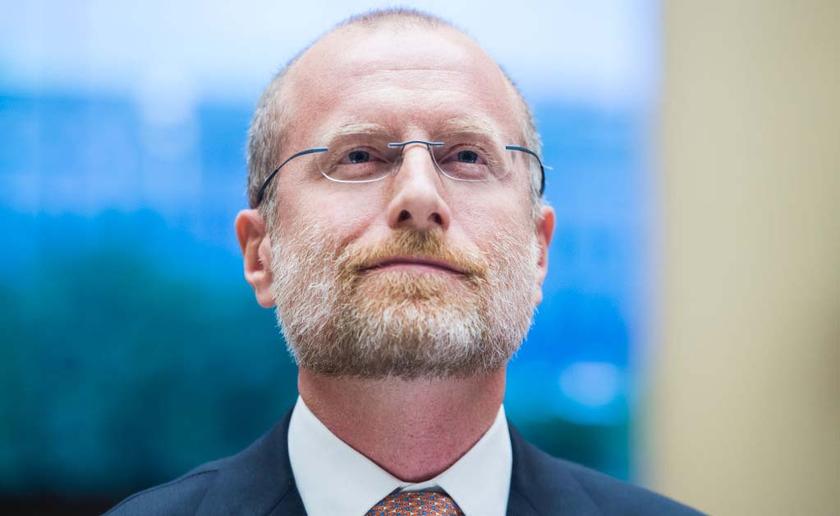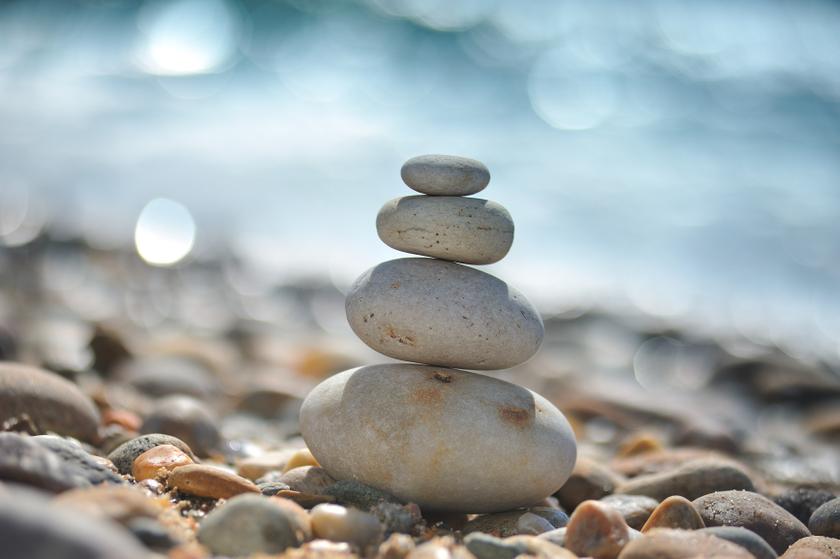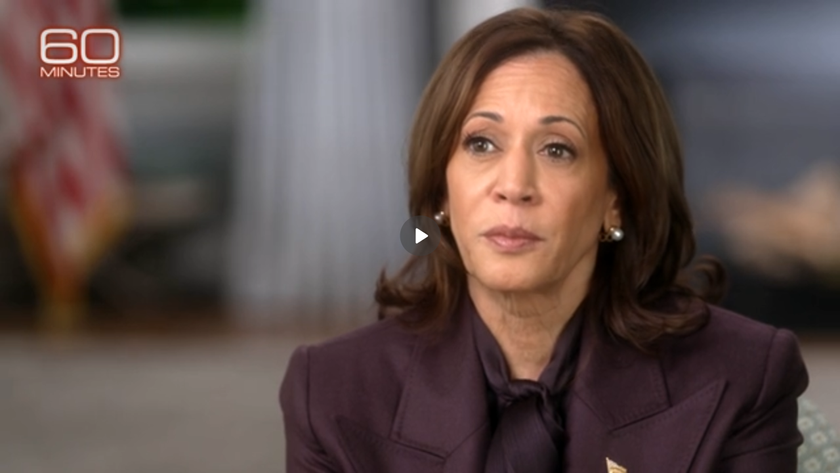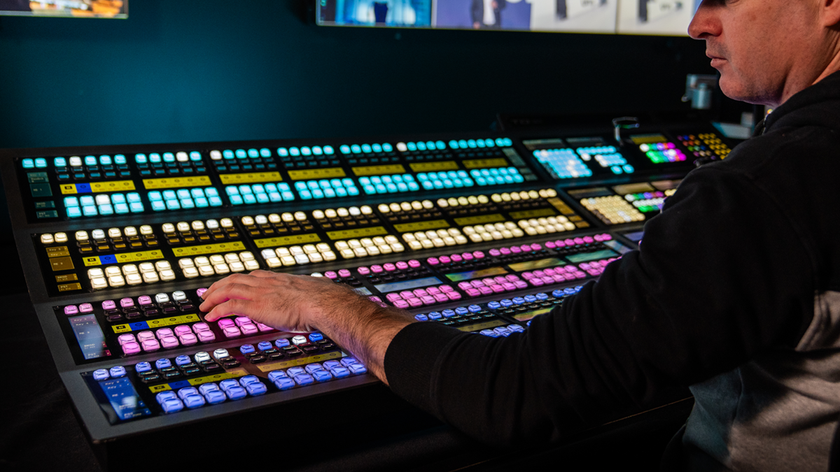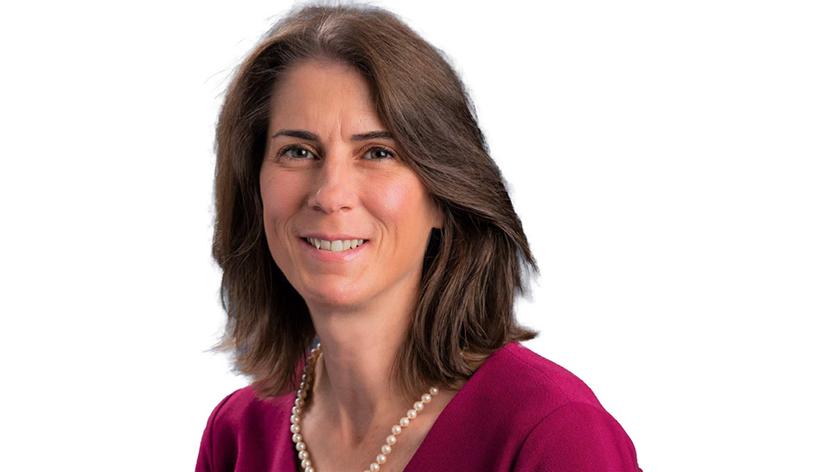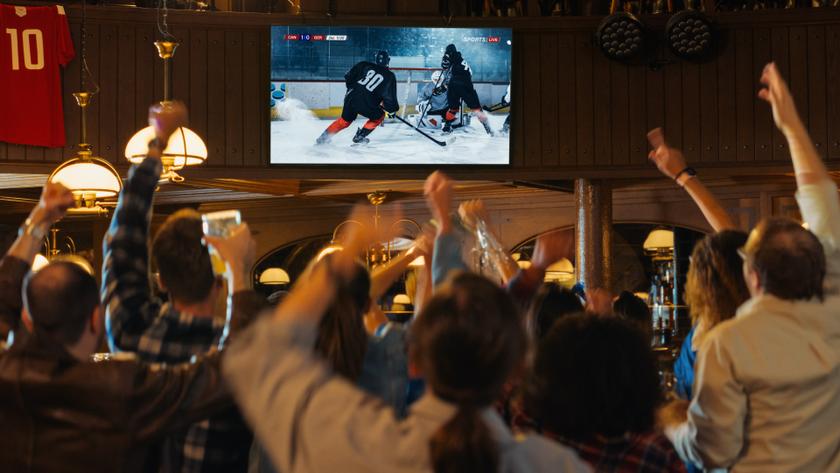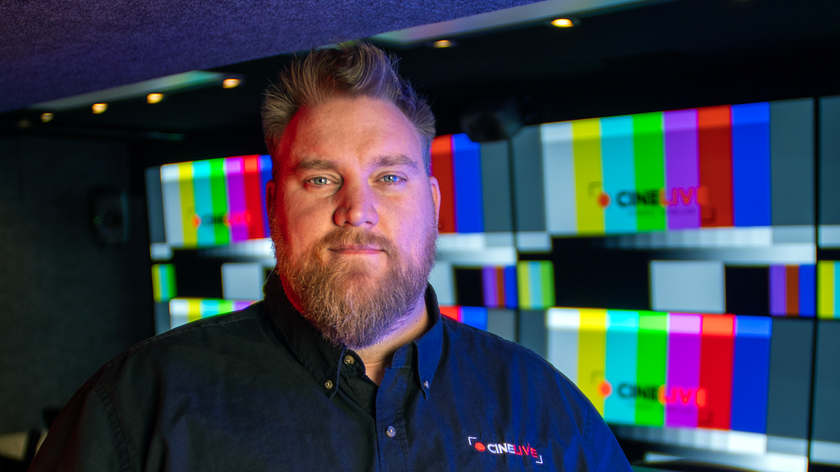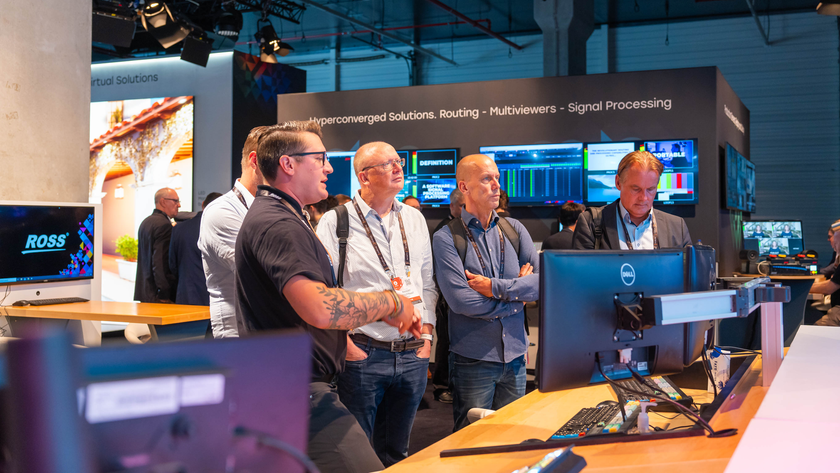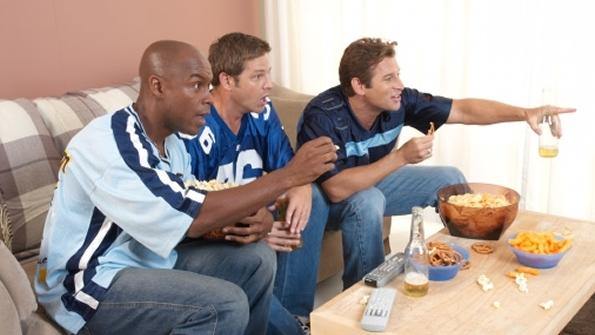Electric Lady Studios Celebrates 40 Years

Audio and video facilities come and go. Some noted spaces in the New York area are no longer, but somehow a recording studio at 52 West 8th Street in Manhattan is still alive and kicking after 40 years—the storied Electric Lady Studios built for Jimi Hendrix.
A group of designers and engineers convened in Studio A of the subterranean studio in August to celebrate the August 26, 1970 official opening party of Electric Lady and talked of its founding, the design, Hendrix and some of the other artists who called the studio home over the years.
Included in the gathering were studio designer John Storyk,; Eddie Kramer, audio engineer for Jimi Hendrix, among other artists; and part of the original design team, studio recording engineers/producers Robert Margouleff and Tony Platt; producer Malcolm Cecil; and Lee Foster, current studio manager.
'SPACIOUS AND GRACIOUS'
The vision for the studio and its design were unlike most of the studios of the day.
"Other studios were geared toward commercials, but this one was geared toward art. There was something very unusual here," Margouleff said. He and Cecil worked with Stevie Wonder at Electric Lady Studios in the early 1970s.
Storyk, one of the founding partners of Walters-Storyk Design Group, said that the basement space underneath the 8th Street Cinema had been a club for many decades, first a dance club, then later a blues club called The Generation, which Storyk used to frequent in the late 1960s.

John Storyk and Eddie Kramer at the entrance to Electric Lady Studios. Hendrix played at The Generation club and he and his manager considered purchasing it. They sought out the person who designed another club Hendrix liked in the Soho neighborhood of Manhattan—Storyk, a young man of 22.
"Jimi wanted a lot of curves," Storyk said of the club he designed, with a stage, some ramps and a small control room. But after all that work, the club project was abruptly scrapped. However, the idea for a recording studio emerged, and Storyk was called in for that design as well.
"Jimi gave me one directive personally, which was, he wanted to have things soft, curved and with changing lights," Storyk said.
The concept of the studio was very simple, Storyk said. Kramer wanted a large "spacious and gracious" control room similar to the studio he worked at in England.
The more prevalent attitude at the time was that "control rooms were for engineers and musicians were on the other side of the wall," Storyk said. "But Jimi and Eddie had a different vision. Control rooms were to be big and spacious and were to be rooms for artists."
This was one of the early instances where an artist was building a studio, rather than a record company.
"This was happening in a few pockets all over the world, but no place more famous than here for Jimi," Storyk said.
Demolition and then construction of Electric Lady started in 1969 and progressed in fits and starts over the ensuing year.
The walls are sand-filled concrete blocks, with split-slab construction, with separate footings.
"This is still an excellent construction technique," Storyk said, one that provides excellent isolation. The studio space has a sloping ceiling due to the sloping floor of the theatre above.
"Those walls are still there; the ceiling is exactly as we designed it," Storyk said. Also existing are the original ductwork, the camera and peephole at the entrance. Alas, the original curving architectural elements gracing the entrance are now gone.
At first the studio was deemed too loud, so one half was covered in carpet while the other part remained in wood.
When building the trenches for the footings, Storyk and crew discovered that underneath the studio, a river did indeed run through it. New York City has many hidden watercourses, and the Minetta Brook runs underneath portions of Greenwich Village.
Storyk said the studio has been battling water problems since the beginning. Two sump pumps help keep the studio dry, but if they should go, "in about eight hours we're under water," Storyk said.
The studio in those early days was basically white. Lighting would provide the necessary colors to suit Hendrix's moods.
"Of course, now this is Home Depot stuff," Storyk said. "But then in 1969 you needed dichromatic bulbs and big dimmers to get it."
40 YEARS OF CHANGE
As to be expected, over the years there have been changes.
The control room adjacent to Studio A has "become more contemporary as we've gotten smarter," Storyk said. That current control room was originally Studio B, and the original control room is now a small studio/lounge.
The curve in the lobby disappeared, and the mural that originally graced the lobby was moved into Studio A. Other original murals still remain.
The building never was purchased by Hendrix, and to this day Electric Lady is in rented space. There were some tough years, but today under studio manager Lee Foster, bookings are up, and the studio is as vibrant as ever, maintaining its reputation for being an artist-friendly space.
Hendrix started recording in the studio before it officially opened, but unfortunately he died a month later. Over the years the studio has provided a creative home for a whole host of artists, such as Stevie Wonder, Patti Smith, AC/DC, Carly Simon, Tori Amos, Lena Horne, Jimmy Page, Robert Plant, and on and on.
In this time when artists' studios are de rigueur, mixing consoles can be purchased for a song and recording and editing takes place on computer, it's easy to forget that not all that long ago, things were much different.
"This was really new territory," Storyk said, referring to building Electric Lady Studios in 1969. "We didn't order consoles, you built them. You didn't look this stuff up in textbooks. There was no studio design industry. There were no studio design builders ... or architects. I'm a lucky person to be on the ground floor of this industry."
Mary C. Gruszka is a systems design engineer, project manager, consultant and writer based in the New York metro area. She can be reached via TV Technology.
Get the TV Tech Newsletter
The professional video industry's #1 source for news, trends and product and tech information. Sign up below.
